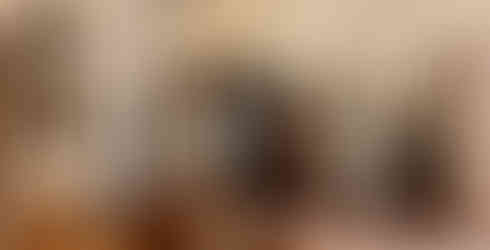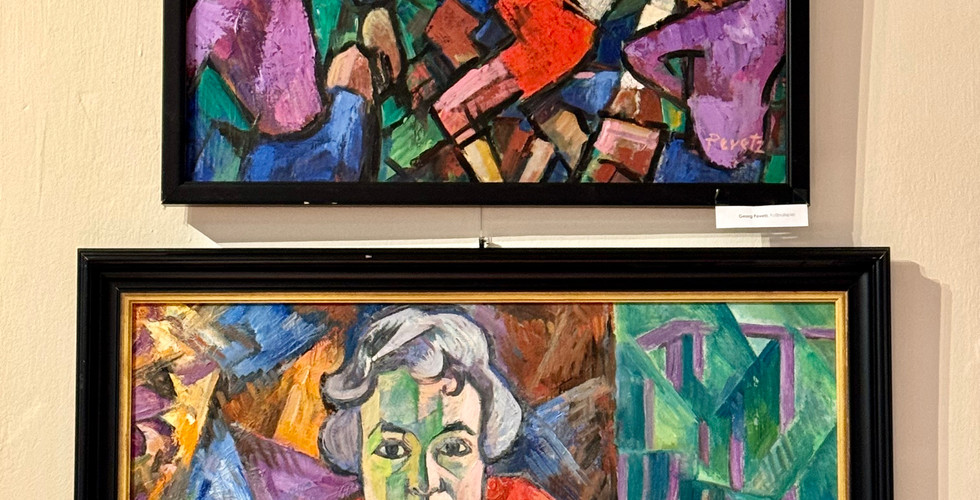Bezirksmuseum Penzing - a Small Treasure in Vienna's Exciting 14th District
- Mika Vepsalainen
- Mar 16, 2024
- 3 min read
Join us for a visit to one of the most exciting district museums in Vienna with an interesting documented history from the first century of our era onwards.

Penzing can boast with Roman burial mounds dating back to the first century and Penzing was first mentioned as early as in 800 with some other villages around Vienna. Penzing village was mentioned for the first time round 1000 in the Klosterneuburg tradition book where “Regenbertus de Pencingen and Rudolf” are listed in the series of witnesses. (Our own village Hütteldorf, part of Penzing, was first mentioned around 1170 when the Formbach tradition code names a “Werinhard de Ötendorf” as the donor of a property.)
In 1938 the current Penzing got its current form when some new areas were merged to it. After the war, in 1945 when the occupation zones were divided between the Allies, Hadersdorf and Purkersdorf went into the Russian zone while the rest of the 14th district were made part of the French zone.
Today, the Penzing District Museum in Vienna’s 14th Bezirk is one of the most active ones in the series of the twenty-three districts in Vienna (we’ve done previously the Bezirksmuseum in Döbling). Founded in 1962, it was given two exhibition rooms and additional rooms at the former municipal office building built in 1873. Like all Vienna district museums, it is run by volunteers and this is why the opening hours are somewhat limited.
Today, the museum occupies twenty-five rooms on two floors where the museum has a room for each former village of the district - Baumgarten, Breitensee, Hadersdorf-Weidlingau, Hütteldorf and Penzing. In these rooms you will see a historic grocer's shop, a lumberjack's hut, the workshops of a musical instrument maker, a glove maker and a shoemaker. There is also a living room from around 1900, a kitchen from around 1930 and an old laundry room. A nostalgic shopping street shows various displays - from historical toys to the haberdashery.
The museum hasn't forgotten Penzing's famous boys - Otto Wagner, Gustav Klimt, Eduard Gurk, Georg Pevetz, Ernst Fuchs, Hans Zatzka and Heinz Conrads. Otto Wagner and Gustav Klimt even have their own rooms while Penzing's girls are conspicuous by their absence!
A large section on the second floor of the museum is dedicated to the Wiental-Wienerwald natural landscape. There is a four meter long relief of the five former communities and a large area of the permanent exhibition shows the development of road and rail traffic in the 14th district.
The long tradition of manufacture of musical instruments in Penzing is part of the local history on show. Around 1900 there were almost a dozen companies that were involved in the construction of musical instruments. This included the Habsburg monarchy's largest piano factory, the Hofmann & Czerny company.
On the ground floor and inner garden there is also a lapidarium with sculptures, columns and stones from former buildings in the district.
Unfortunately, the museum is not good for the handicapped or persons with prams. It is located in the first and second floors with no lift. There are toilets in the first floor but these are not equipped for the handicapped either.
There is no café or refreshments in the museum and you might wish to make a plan for your trip as you won't find many cafés or restaurants in the immediate vicinity either.
There is no real museum shop as such but you can buy books and leaflets issued by the museum’s researchers.
Bezirksmuseum Penzing
Penzinger Straße 59, 1140 Vienna


















Comments